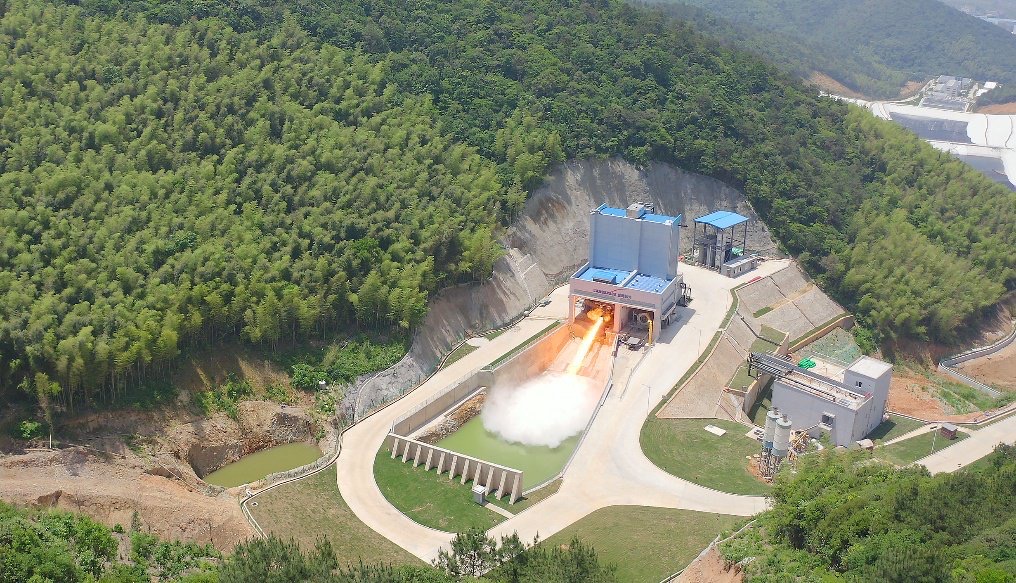HELSINKI — China is progressing with a program to develop full-flow staged-combustion-cycle methane engines to power its reusable Long March 9 super heavy-lift launcher.
Work to develop full-flow staged-combustion-cycle methane-liquid oxygen rocket engines producing 200 tons of thrust includes progress on overall design and components.
Testing includes firing prototype and scaled components such as igniters, gas generators and thrust chambers.
Authors belonging to the Xi’an Aerospace Propulsion Institute outline the progress made by China on these and other methane-liquid oxygen engines in a recent article. The institute is the major liquid propulsion rocket engine design unit under CASC.
Clusters of 26 of the reusable engines will power the first stage of China’s Long March 9 super heavy-lift launcher, according to designs presented earlier by officials from the China Aerospace Science and Technology Corp. (CASC), China’s main space contractor. CASC is understood to be targeting 2033 for a first test flight on the massive rocket.
The paper notes research began in China in the 1980s and that 10-ton and 80-ton-thrust methalox engines have now been developed. The latter have undergone successful hot fire tests and mark advancements in engine reliability and reusability.
The development of the full-flow staged-combustion-cycle methalox engines will support China’s plans for future large-scale deep space exploration, including a Mars landing and other objectives.
The paper states that core indicators make the engine comparable to the SpaceX Raptor engine that powers Super Heavy/Starship. As the world’s second full-flow staged-combustion-cycle methalox engine it is superior to Blue Origin’s BE-4 and other domestic and international methane engines, the paper claims. The latter engines have a higher thrust, however.
The authors note challenges ahead however. Full-flow staged-combustion-cycle engines can provide…
Read the full article here

